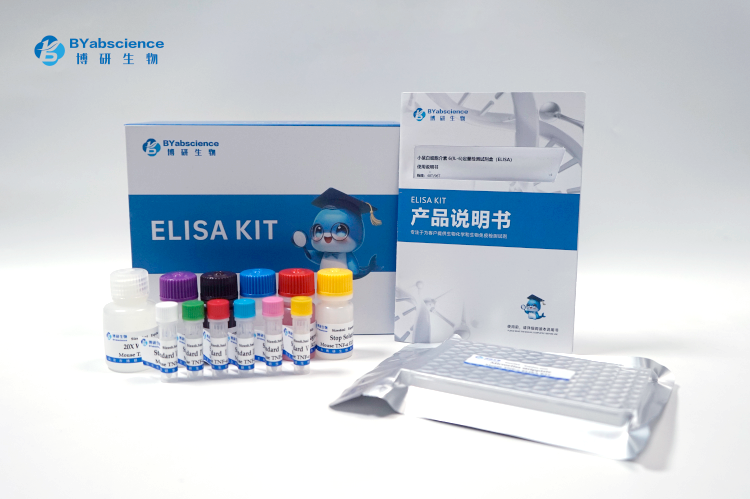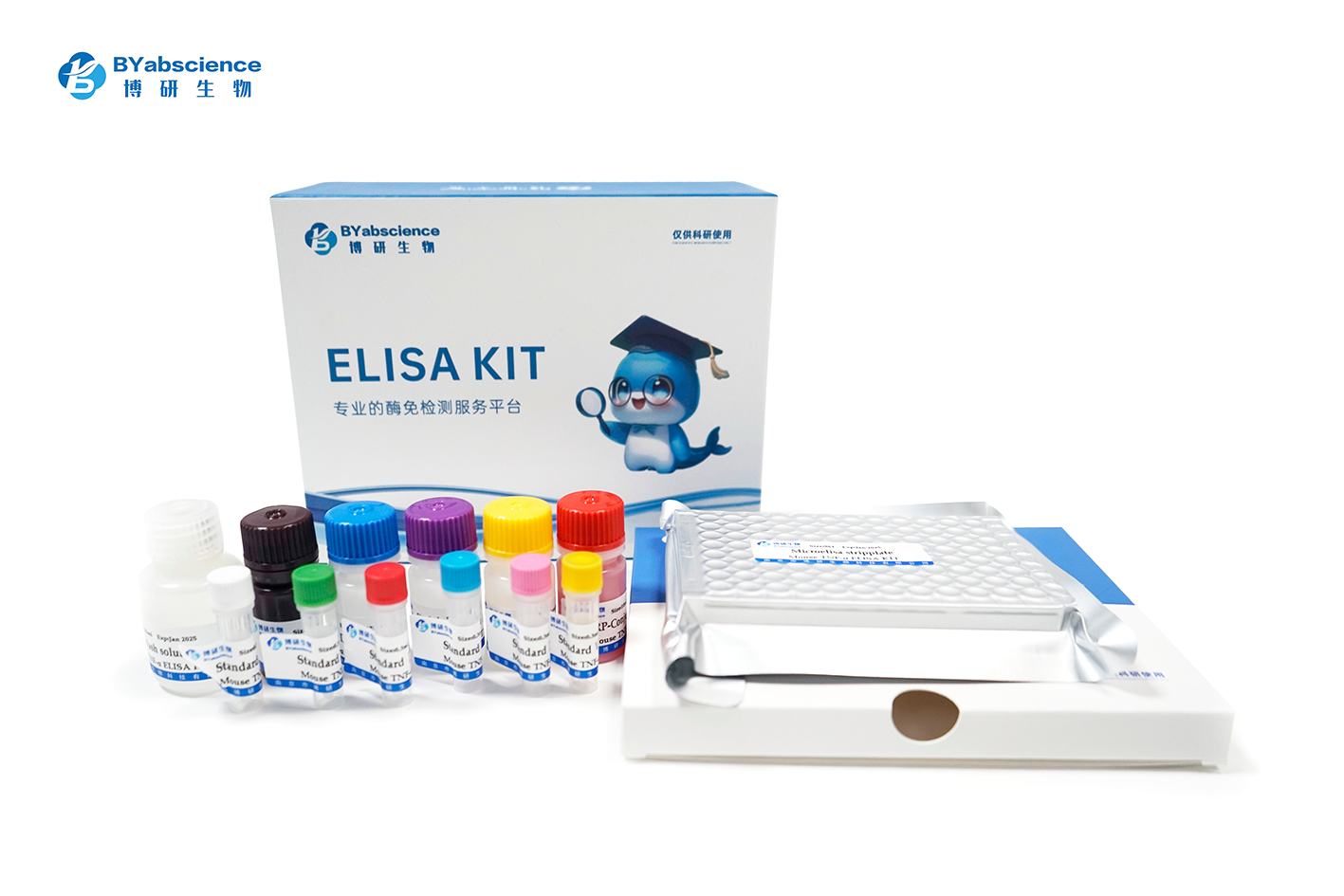Examination area
0.625ng/mL - 20ng/mL
Use
Used to detect the concentration of rat Porphyromonas gingivalis IgG antibody (Pg-IgG) in samples such as serum, plasma, cell culture supernatant and tissue.
Test principle
This kit uses a double antibody sandwich enzyme-linked immunosorbent assay (ELISA). In a microwell ELISA plate pre-coated with anti-rat Pg-IgG antibody (solid phase antibody), rat Pg-IgG calibrator and the sample to be tested are added, and then HRP-labeled anti-rat Pg-IgG antibody (enzyme-labeled antibody) is added. After incubation and sufficient washing, the unbound components are removed, and a sandwich complex of solid phase antibody-antigen-enzyme-labeled antibody is formed on the solid surface of the microwell plate. Substrates A and B are added, and the substrate produces a blue product under the catalysis of HRP. Under the action of the stop solution (acidic solution), it is finally converted into yellow. The absorbance (OD value) is measured at a wavelength of 450nm on the ELISA instrument. The absorbance (OD value) is positively correlated with the concentration of rat Pg-IgG in the sample to be tested. The concentration of rat Pg-IgG in the sample can be calculated by fitting the calibrator curve.
Specificity
This kit recognizes natural rat Porphyromonas gingivalis IgG antibody (Pg-IgG) and has no cross-reactivity with structural analogs.
Typical data
See the instruction manual for details
Precision
The intra-batch coefficient of variation CV% was less than 10%; the inter-batch coefficient of variation CV% was less than 15%.
Recovery
The recovery rate is between 85%-115%.
Kit composition and preservation
Self-contained items needed for the experiment
1. ELISA reader capable of detecting absorbance at 450 nm 2. Pipette and tip, sample loading tank 3. 37°C thermostat or water bath 4. Test tubes, centrifuge tubes, measuring cylinders, etc. for preparing reagents 5. Distilled water or deionized water
Operating steps
All reagents and components should be restored to room temperature. For standards, quality control products and samples, duplicate wells are recommended. 1. Prepare the working solutions of various components of the kit according to the method described in the previous instructions. 2. Take out the required strips from the aluminum foil bag, seal the remaining strips with self-sealing bags and put them back in the refrigerator. 3. Set up standard wells and sample wells, and add 50μL of different concentrations of standards to each standard well; 4. Add 50μL of the sample to be tested to the sample well; do not add to the blank well. 5. Except for the blank well, add 100μL of horseradish peroxidase (HRP) labeled detection antibody to each well of the standard well and sample well, seal the reaction well with a sealing film, and incubate at 37℃ water bath or constant temperature box for 60min. 6. Discard the liquid, pat dry on absorbent paper, fill each well with washing solution (350μL), let it stand for 1min, shake off the washing solution, pat dry on absorbent paper, and repeat the washing process 5 times (you can also use a plate washer to wash the plate). (Tip: To obtain ideal experimental results, the residual liquid must be completely removed. After washing, please proceed to the next step immediately and do not let the microplate dry.) 7. Add 50μL of substrate A and B to each well and incubate at 37℃ in the dark for 15 minutes. 8. Add 50μL of stop solution to each well and measure the OD value of each well at a wavelength of 450nm within 15 minutes.








 Scan wechat
Scan wechat